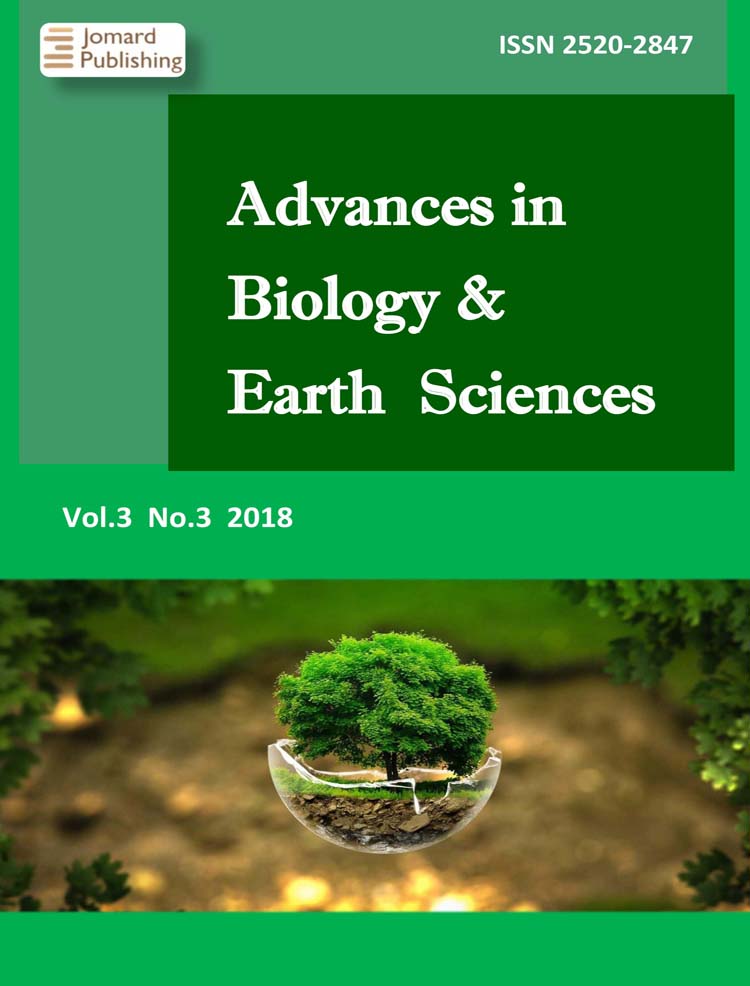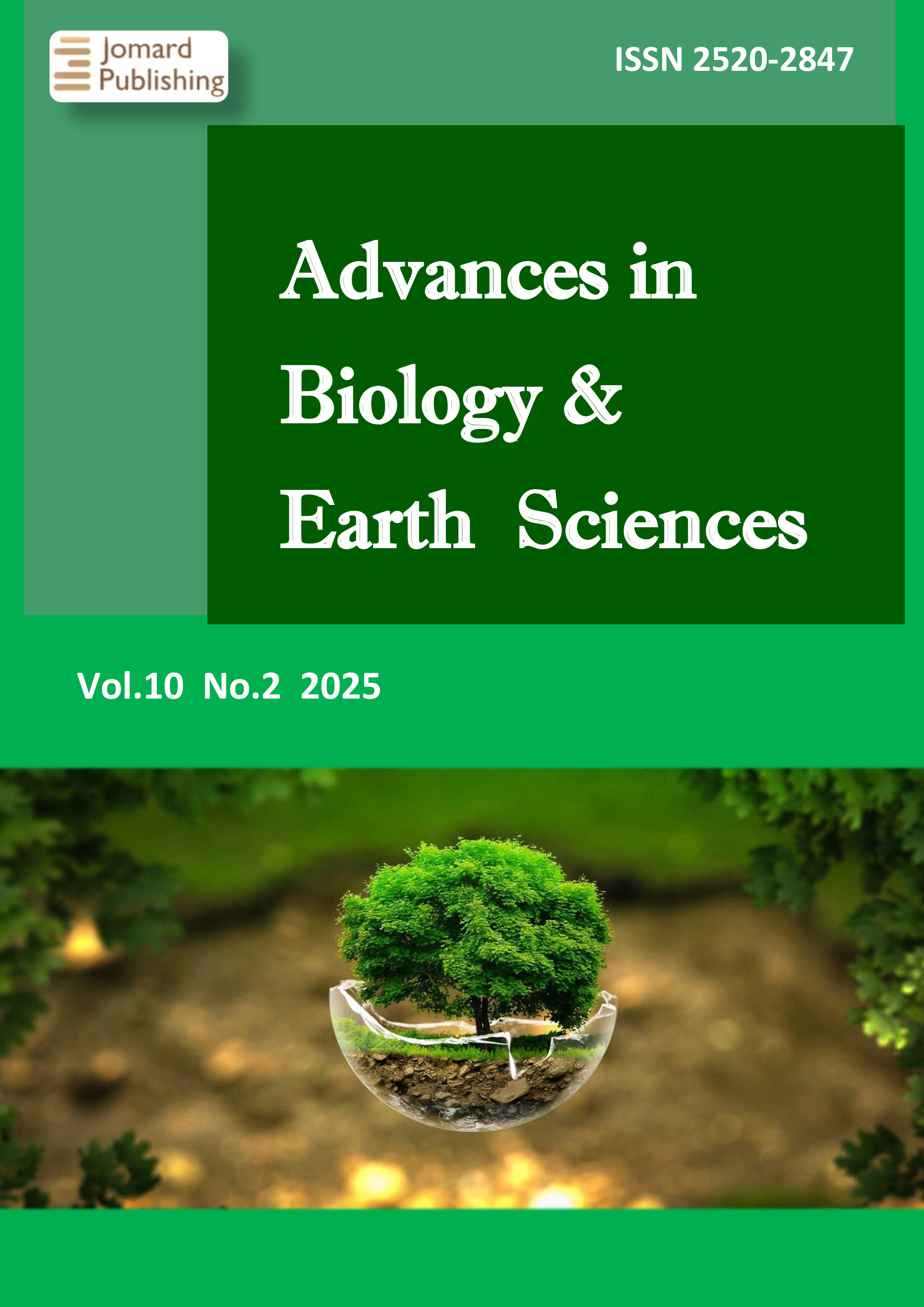Synthesis of Plant-Derived Selenium Nanoparticles from Lankaran-Astara Tea (Camellia sinensis L.) Plant and Evaluation of their Activities on Different Enzymes
- Published: 05-08-2025
Share
In this study, selenium nanoparticles (SeNPs) were produced utilizing a green technique with Camellia sinensis (green tea) extract, which is high in polyphenols, flavonoids and catechins, all of which are known antioxidants and bioactive. For this reason, the tea plant can be used in the treatment and prevention of many diseases. Selenium nanoparticles (SeNPs) produced by green synthesis method with plant extracts provide more advantages compared to traditional physical and chemical methods. In this study, Camellia sinensis L. (tea) plant was used as a reducing agent in the synthesis of selenium nanoparticles (SeNPs). The obtained tea extract selenium nanoparticles (CS-SeNPs) were tested on various enzymatic activities such as anticholinesterase (AChE), butyrylcholinesterase (BChE), urease, α-amylase, α-glucosidase and tyrosinase inhibitor activities. The results revealed that CS-SeNPs exhibited strong inhibitory effects especially on AChE and BChE activities. (AChE IC50: 25.33 ± 0.78 µg/mL, BChE IC50: 17.53 ± 0.27 µg/mL). Additionally, CS-SeNPs exhibited the strongest inhibitory activity against urease enzyme with an IC50 value of 13.72 ± 0.18 µg/mL. CS-SeNPs also showed strong inhibition on α-amylase enzyme with an IC50 value of 25.98 ± 0.83 µg/mL, while the inhibitory effect on tyrosinase was determined as 31.40 ± 0.51 µg/mL. In compared to conventional inhibitors such as galantamine, acarbose, thiourea and kojic acid, the CS-SeNPs showed weaker but still significant inhibitory action in all enzyme models. The current study is significant because it investigates the environmentally friendly synthesis of selenium nanoparticles using Camellia sinensis and assesses their potential as multifunctional enzyme inhibitors, which could help to develop alternative therapeutic agents for neurodegenerative and metabolic diseases.
- View 988
- Downloads 155
- Saveds 1
- Citations (Crossref) 0


